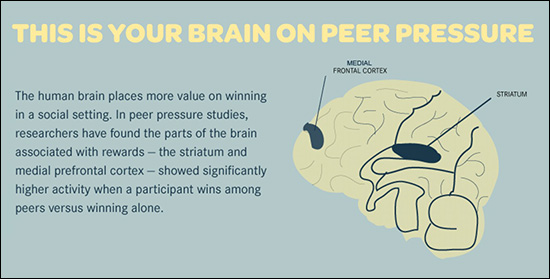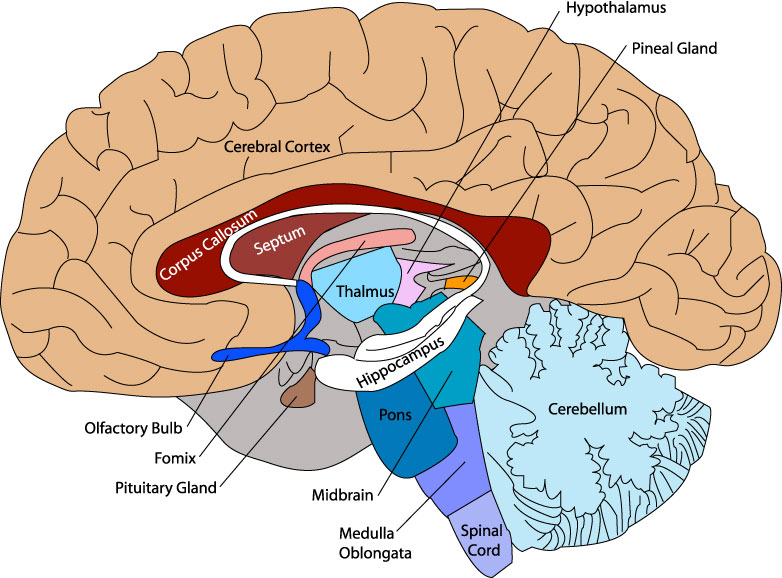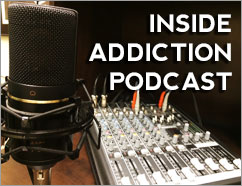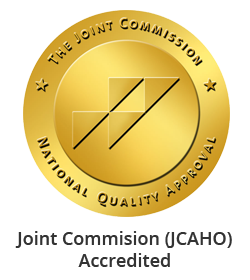The words “peer pressure” usually bring up negative connotations, and often focus on drugs, alcohol, and smoking. Certainly there is some validation to focus on the negatives, especially for parents, but it doesn’t have to be that way.
The infographic below entitled, “The Science of Peer Pressure,” illustrates some positive aspects of peer pressure, and although a few of them aren’t related to drugs, alcohol, or smoking, they can still be used to instill positivity when thinking about some of these weightier issues.
When related to competition, studies have shown that most people get more satisfaction from winning among peers than individually. This could be a reason why positive, competitive activities work better in groups than alone.
As outlined below, in a randomized weight-loss trial, group support was associated with sustained weight loss among participants.
Group support has also shown to be effective for individuals with a drug or alcohol addiction. There’s power in numbers, and addiction can be powerful in itself and much more difficult to overcome alone than in the midst of a group of people who share common goals, namely getting and staying sober.
When participating in negative activities, there is pressure from peers because most involved in the activity understand that the activity is wrong.
When the activity is positive, the tables are turned, and instead of being thought of as peer pressure, it becomes peer reinforcement, and everyone cooperates for the general good of those involved.
Sometimes groups of people falsely assume they’re acting in accordance with social norms. The researchers Wesley Perkins and Alan Berkowitz discovered in the 1980s that college students “believed” their peers consumed more alcohol than they actually consumed.
Northern Illinois University used this information to create a social norms campaign to educate students about the real numbers of campus drinking – that most students had fewer than five drinks when in a party situation. By 1999, the incidence of heavy drinking decreased by 44% on campus.
The social norms experiment was so successful, it is being used by state health departments to positively market issues like anti-smoking, and safe sex.
It’s always difficult being a teenager or a young adult. The need to fit in and have friends applies a lot of pressure on most of us, and we’re sometimes willing to give in to what we know is wrong in the hopes that it will make us more popular with others.
There’s an idea that you become like the people you hang out with most. It’s true. The hard part is understanding the difference between whether the people we hang out with are positive or negative until we’ve been with them for a while. By the time we figure it out, it’s usually too late if they’re doing too many of the wrong things.
The trick to peer pressure is knowing the difference between positive and negative, and acting appropriately. Positive is always much easier and more healthy to deal with than negative.
To see this infographic in its full size, visit visual.ly.








